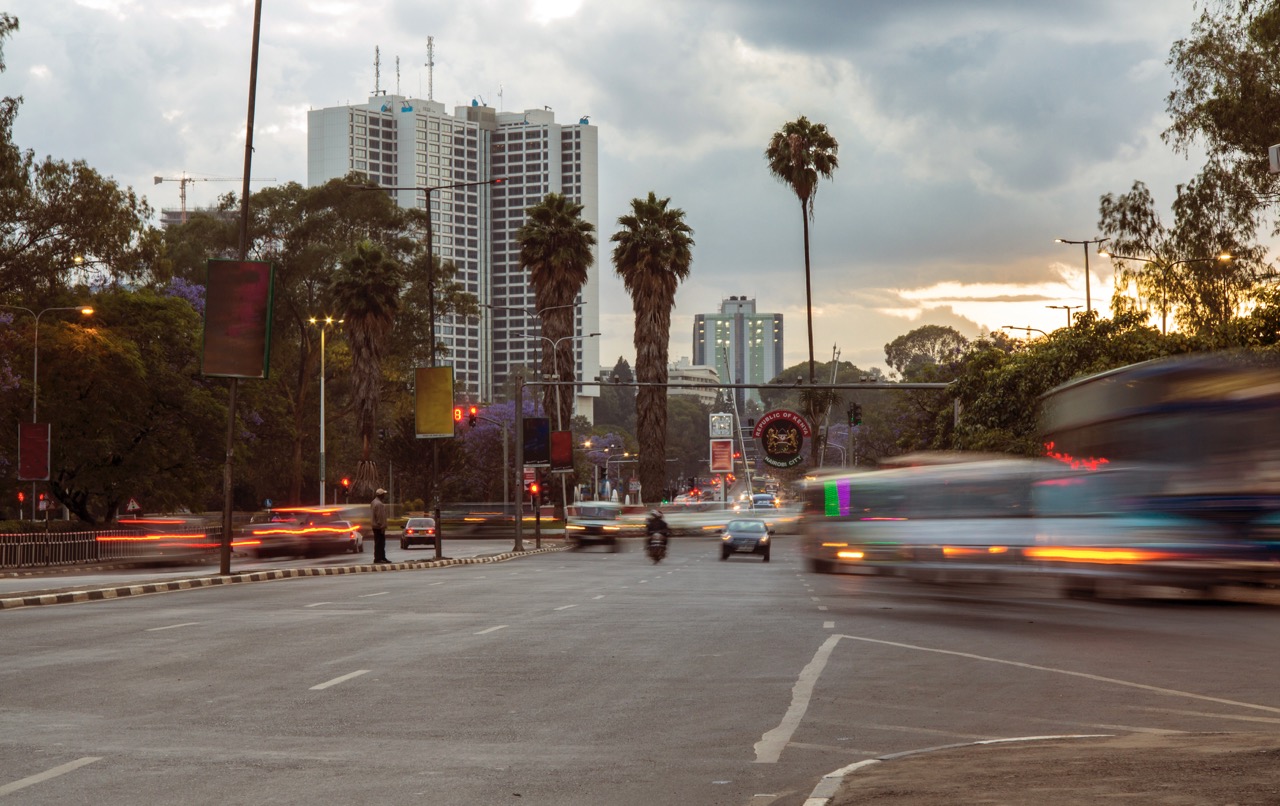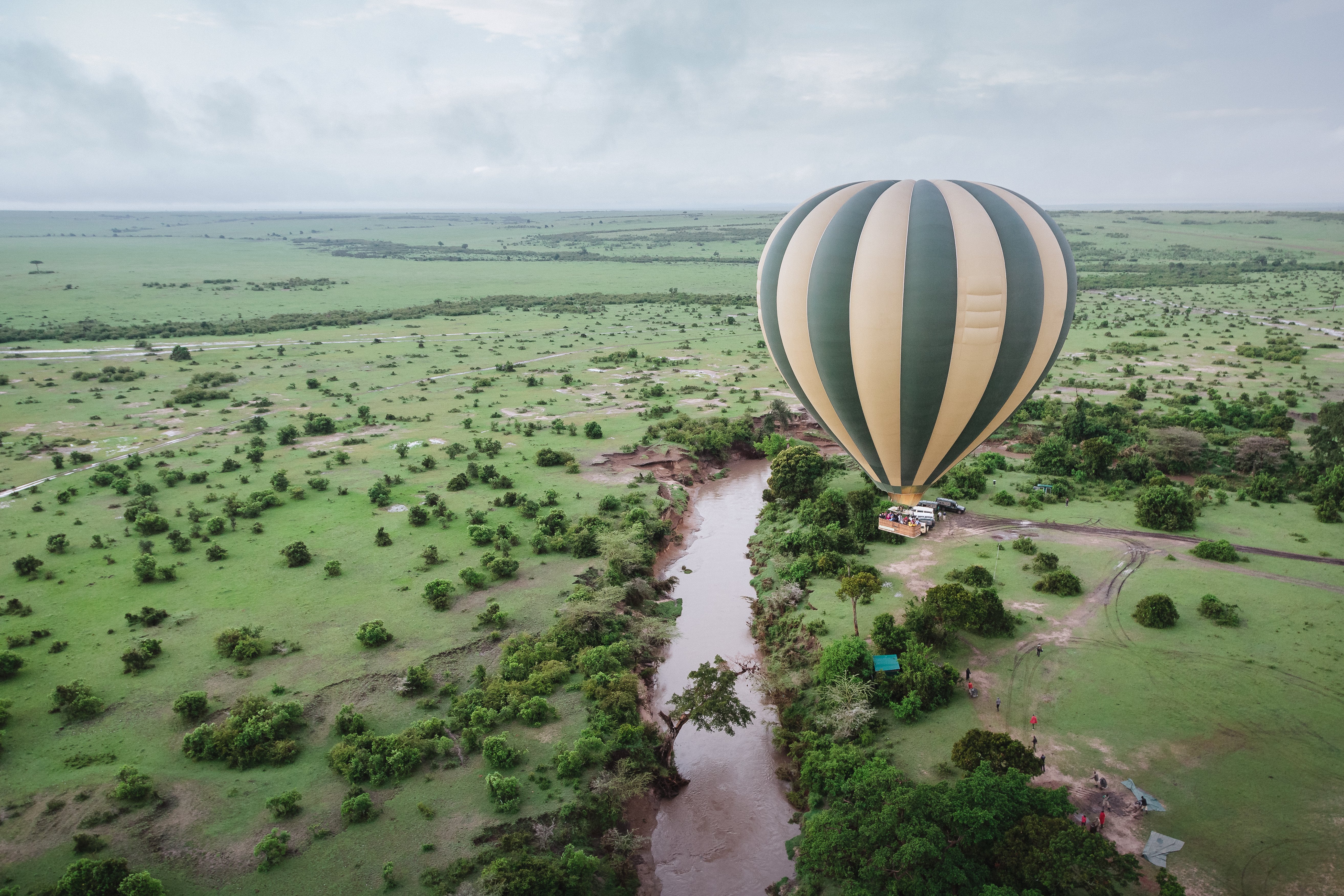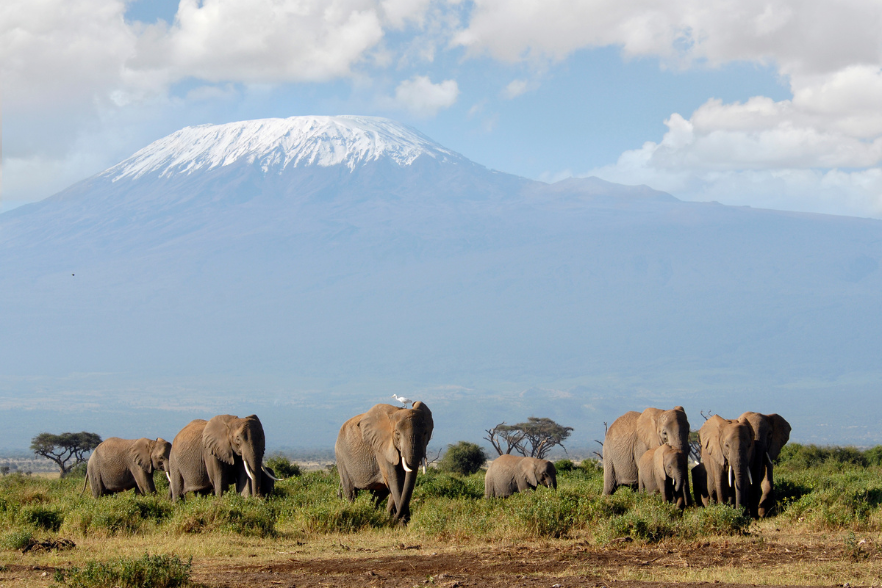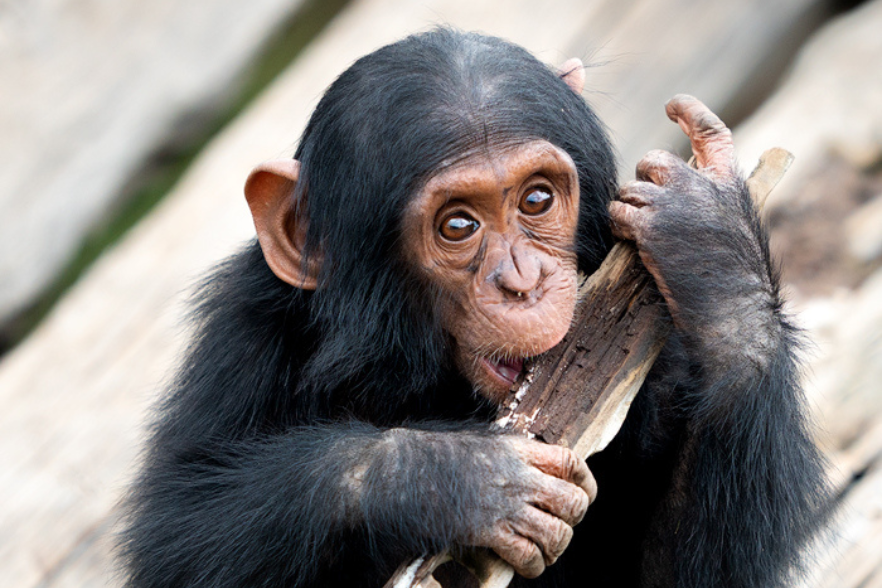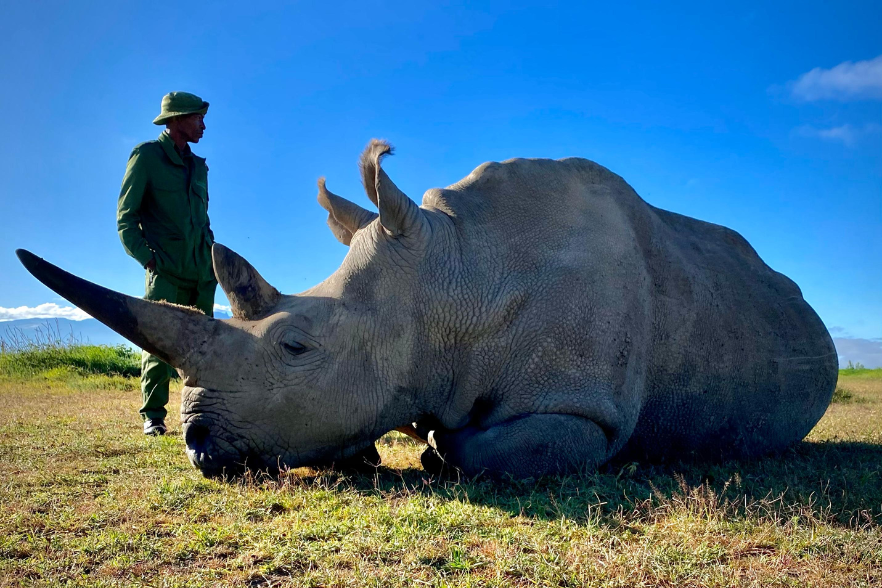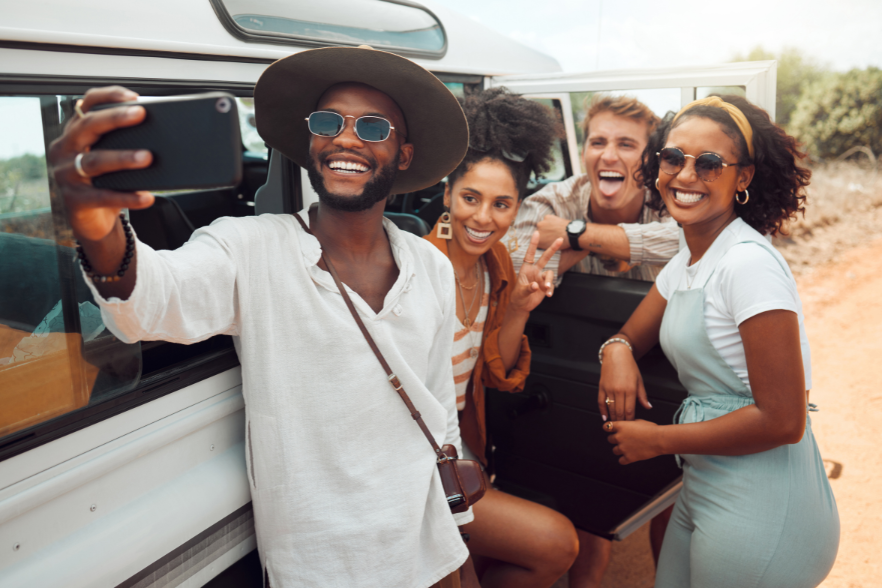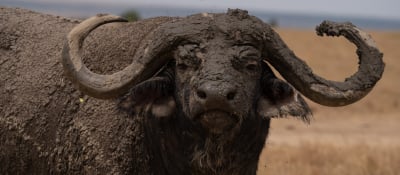NAIROBI
Nairobi, Nairobae… what’s not to love about Kenya’s capital?!
This bustling city has a personality that's as diverse as its people and a rhythm that keeps you on your toes. Known as the "Green City in the Sun," Nairobi offers a unique blend of urban charm and natural wonders. Yes, there are the infamous traffic jams that can turn a short drive into a real-life version of "The Fast and the Furious," but it's all part of the Nairobi experience! Embrace the chaos and get ready to explore a city that never fails to surprise and delight.
